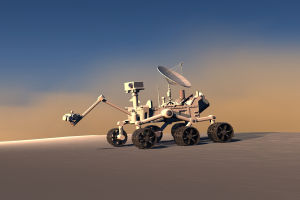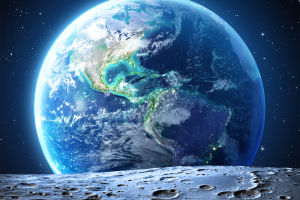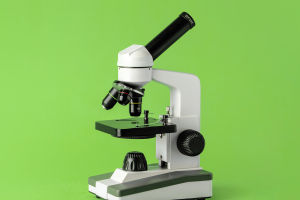Growing plants in space is tough, but it opens up exciting possibilities for long-term space missions and living in space.
As NASA and other space agencies prepare for missions to the Moon and Mars, growing food in space is becoming increasingly important.
By solving the problems of plant growth in space, we can not only provide fresh food for astronauts but also create a more sustainable life support system for future missions.
Challenges of Growing Plants in Space
Growing plants in space comes with several key challenges:
• Microgravity: Without Earth's gravity, plants have trouble knowing which way to grow. Roots might not grow downward, and stems might not grow upward as they do on Earth.
• Radiation: Space is full of cosmic radiation, which can harm plants and increase the risk of genetic mutations. Protecting plants from this radiation is essential.
• Atmospheric Composition: The lack of air circulation in space can cause gases like ethylene to build up around plants, leading to abnormal growth. Too much carbon dioxide can also be harmful to some plants.
• Water Management: In microgravity, water can form bubbles or float away, making it difficult to properly water the plants. This can drown roots or leave them too dry.
Overcoming the Challenges
Researchers have created special growth chambers and methods to tackle these challenges:
1. Veggie: A simple, low-power plant growth unit that uses red and blue LED lights and a water-based nutrient system. Veggie has successfully grown lettuce, kale, and other leafy greens on the International Space Station (ISS).
2. Advanced Plant Habitat (APH): A fully automated growth chamber with advanced lighting, sensors, and watering systems. APH has been used to grow dwarf wheat and chili peppers in space.
3. Hydroponic and Aeroponic Systems: Growing plants in water (hydroponics) or mist (aeroponics) eliminates the need for soil and still provides necessary nutrients. These methods have been tested on the ISS and show promise for future space farming.
4. Dwarf and Robust Plant Varieties: Choosing smaller and more resilient plants, like dwarf wheat and potatoes, can help maximize yields in the limited space of a spacecraft.
5. Partial Gravity: Experiments on the Moon or Mars, which have some gravity, might allow for more natural plant growth compared to the microgravity in Earth orbit.
The Benefits of Space Farming
Growing plants in space offers several key benefits:
• Supplementing Astronaut Diets: Fresh produce provides essential vitamins, minerals, and nutrients that are missing from prepackaged space food.
• Psychological Benefits: Caring for plants has been shown to improve astronaut morale and provide a sense of connection to Earth.
• Closed-Loop Life Support: Plants can help create a self-sustaining ecosystem in space, recycling astronaut waste into food, water, and oxygen.
• Advancing Agricultural Technology: The lessons learned from growing plants in space can lead to more efficient and sustainable farming methods on Earth.
While there are still challenges, the potential benefits of space farming make it a vital area of research for the future of space exploration and living beyond Earth. With ongoing innovation and testing, growing plants in space could soon become a reality.


